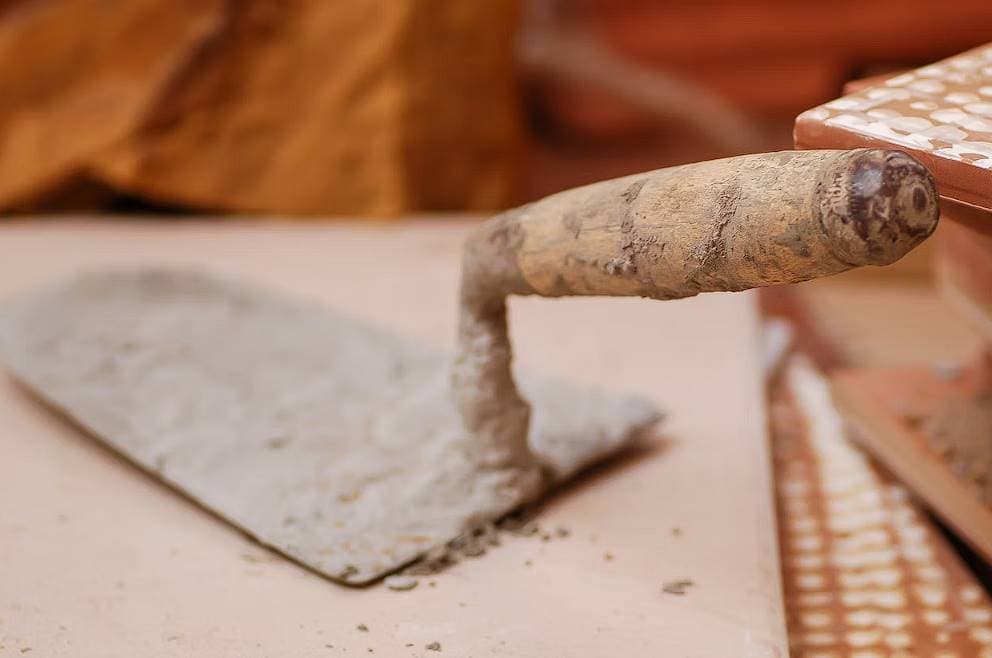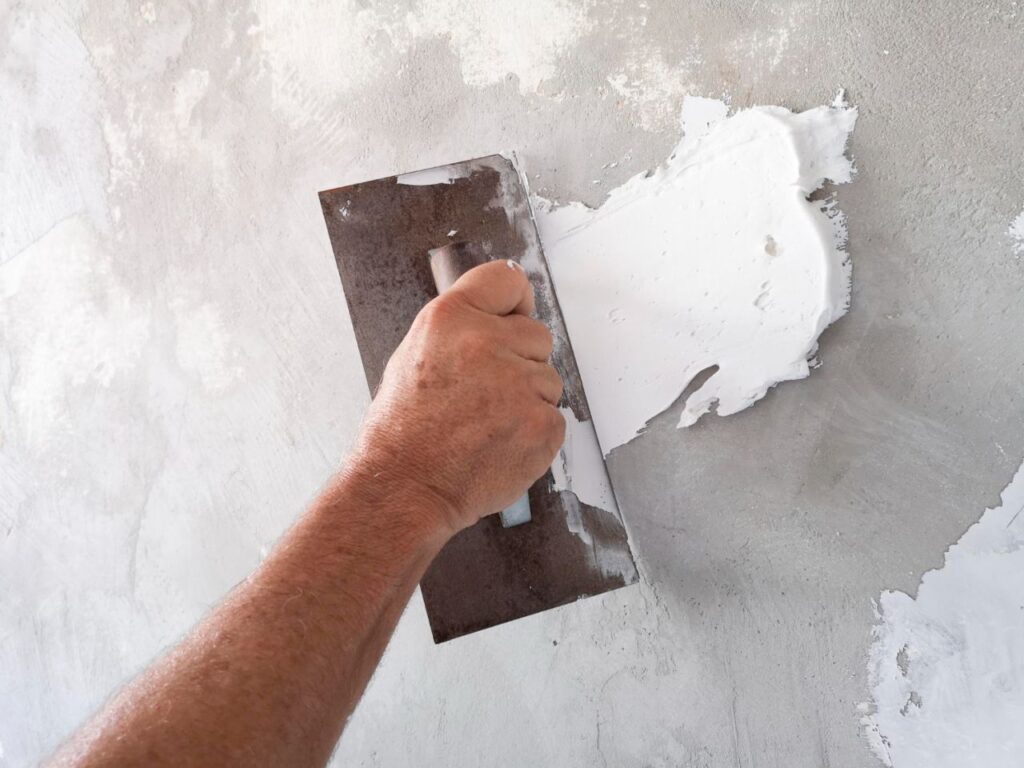Plastering is an essential part of any construction project, but cracks in plaster can often become a challenge. These unsightly imperfections not only affect the aesthetics of a building but can also point to structural issues. Preventing plastering cracks is crucial to achieving a long-lasting and smooth plaster finish. In this guide, we will explore the causes of plaster cracks, prevention methods, and practical solutions to fix them effectively.
Whether you are working on a DIY project or a professional construction job, understanding why plaster cracks occur and how to prevent plaster cracks is essential to ensure a durable finish. We’ll also discuss plaster crack prevention tips, plaster wall cracking solutions, and plaster crack repair techniques to help you achieve a flawless result.
Why Do Plaster Cracks Occur?
Plaster cracks can occur for various reasons, and identifying the root cause is essential to prevent them from forming in the first place. The most common causes of plaster cracks include improper application, environmental factors, and the quality of materials used.
Environmental Factors Causing Plaster Cracks
Environmental conditions, such as rapid temperature changes, humidity fluctuations, and exposure to moisture, can cause plaster to dry unevenly, leading to cracks. The speed at which plaster dries plays a major role in its durability. Environmental factors causing plaster cracks include excessive heat, wind, or direct sunlight that can cause shrinkage, as well as moisture levels that can alter the plaster’s stability.
Lack of Flexibility and Structural Movement
Plaster lacks flexibility and can crack under pressure, especially during structural movements like foundation settling or renovations. Shrinkage in plaster and how to prevent it is a crucial consideration for avoiding cracks, as plaster contracts as it dries. Moisture control in plastering is also vital, as moisture can make plaster expand or contract, leading to cracks over time.
Poor Surface Preparation
Before applying plaster, the surface must be prepared correctly to ensure proper adhesion. Inadequate surface preparation for plastering can lead to debonding and cracking. The surface must be clean, dry, and dampened to prevent moisture from being absorbed too quickly.

How to Prevent Plaster Cracks
By understanding the causes of cracks and applying preventive measures, you can significantly reduce the risk of plastering cracks. Below, we discuss key methods for plaster crack prevention.
1. Surface Preparation for Plastering
Proper surface preparation is essential for preventing plaster cracks. The surface must be clean and stable to ensure good adhesion of the plaster. Cleaning and dampening the surface before application will reduce the risk of debonding, which occurs when the plaster separates from the surface beneath.
2. Choosing the Right Plaster Mix
The best plaster mix for crack prevention is essential for achieving a durable and long-lasting finish. A proper plaster mix should provide the right balance of flexibility and strength to accommodate environmental changes and structural movement. A high-quality mix will reduce the risk of cracking, while a poor mix can make the plaster more susceptible to damage.
3. Plaster Crack Prevention Methods During Installation
When applying plaster, it is essential to use proper application techniques to ensure uniform drying and prevent stress on the plaster. Applying the plaster in thin, even layers will reduce the chances of shrinkage cracks and uneven drying. Make sure each layer is allowed to dry before applying the next.
4. Curing Plaster to Prevent Cracks
The curing plaster to prevent cracks is a crucial step in the plastering process. Rushing the curing process can trap moisture within the plaster, causing it to crack as it continues to dry. Ensure that the plaster is given sufficient time to cure, which will help it dry evenly and prevent any moisture-related issues.
Plaster Crack Prevention Tips
To further reduce the risk of plaster cracks, here are some additional plaster crack prevention tips:
- Control the Environment: Managing environmental conditions, including temperature and humidity, can help ensure even drying of the plaster. Protect the plaster from direct sunlight and wind to prevent rapid evaporation.
- Use Expansion Joints: In larger areas, plaster crack control in construction can be achieved by incorporating expansion joints. These joints accommodate the natural movement of the building, preventing cracks from forming as the structure settles.
- Regular Inspections: Performing regular inspections of the plastered surfaces, especially during the curing phase, can help detect and fix minor cracks before they become a larger issue.
Fixing Plaster Cracks: Solutions and Techniques
Even with preventive measures, cracks can still form in plaster. Knowing how to fix plaster cracks properly will ensure your walls stay smooth and durable. Below are some effective plaster crack repair techniques that are suitable for both beginners and professionals.
1. Identifying and Repairing Minor Cracks
Minor cracks, such as hairline fractures, can be easily repaired with simple methods. Use a plaster filler to fill the crack, smoothing it over with a putty knife. After allowing the filler to dry, lightly sand the area to blend it with the surrounding surface. This plaster crack repair for beginners is an easy solution for small cracks that do not require extensive repair.
2. Addressing Structural Cracks
If the cracks are more significant and caused by structural movement, it may be necessary to address the underlying issue. This could involve applying expansion joints or reinforcing the plaster with additional layers. In some cases, consulting a structural expert may be required.
3. Professional Plastering Crack Prevention
For large-scale or professional projects, professional plastering crack prevention techniques should be followed. These include using high-quality materials, applying the right mix of plaster, and using industry-standard methods to ensure durability and flexibility.
The Importance of Quality Materials for Plastering
The quality of materials used in plastering is a key factor in preventing cracks. Low-quality plaster or incorrect mix ratios can result in weak surfaces that are more prone to cracking. Always opt for high-quality plaster that is designed for the specific application. High-quality materials ensure durability, flexibility, and resistance to cracking over time.
Conclusion
Preventing plaster cracks is a crucial part of achieving a smooth, durable plaster finish. Understanding the causes of plaster cracks, following plaster crack prevention methods, and implementing proper plaster crack repair techniques will ensure the longevity and aesthetic appeal of your plastered walls.
By following the advice outlined in this guide, from proper surface preparation for plastering to choosing the best plaster mix for crack prevention, you can significantly reduce the risk of cracks. Regular maintenance and early detection can help you address any issues promptly, keeping your plastered surfaces looking flawless for years.
With these plaster crack prevention tips and effective solutions for fixing plaster cracks, you are now equipped to tackle any plastering project with confidence, ensuring a long-lasting, crack-free finish.
FAQS About Plasterer
What Causes Plastering Cracks?
Various factors, including rapid temperature changes, structural movement, moisture and humidity fluctuations, poor construction practices, rapid drying, and the use of low-quality materials, can cause plastering cracks.
How Can I Prevent Cracks In Plaster Due To Temperature Changes?
To prevent cracks caused by temperature changes, ensure the plastering area is kept at a consistent temperature and protected from direct sunlight and drafts during drying.
What Role Does Moisture Play In Plastering Cracks, And How Can It Be Managed?
Moisture causes plaster to expand and contract, leading to cracks. Manage moisture by ensuring the area is well-ventilated, using dehumidifiers if necessary, and avoiding plastering in highly humid conditions.
Can The Quality Of Materials Affect The Occurrence Of Plastering Cracks?
Yes, high-quality plaster mix and additives can significantly reduce the likelihood of cracks by improving the plaster’s durability and adhesion properties.
How Does Improper Surface Preparation Contribute To Plastering Cracks?
Improper surface preparation, such as not cleaning the surface or failing to dampen absorbent blocks, can reduce plaster adhesion, leading to debonding and cracking.


